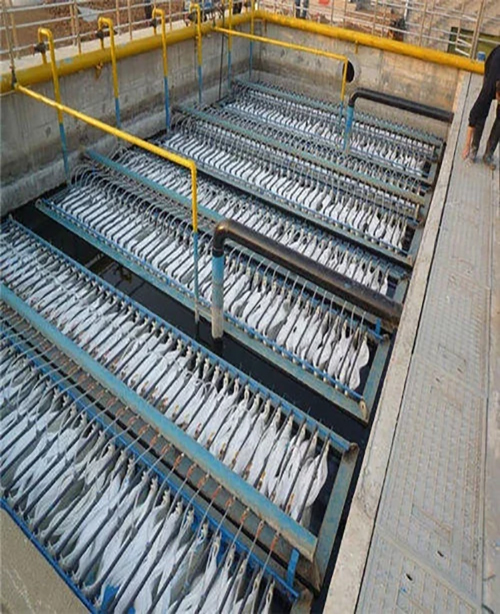
Membrane Bioreactor (MBR-STP)
We have 10+ years of experience with providing wide area of specialty services works listed below
Membrane Bioreactor (MBR) technology represents a significant advancement in wastewater treatment. By combining biological processes with membrane filtration, MBR systems offer a highly efficient solution for treating various types of wastewater.
Hydroflux Engineering Pvt Ltd, headquartered in Delhi, India, is a reputable manufacturer specializing in Environmental Treatment Plants (ETP), Sewage Treatment Plants (STP), Demineralization (DM), and Reverse Osmosis (RO) Plants. With a commitment to innovation and excellence, Hydroflux Engineering has established itself as a leading provider of comprehensive water and wastewater solutions.
MBR systems play a crucial role in modern wastewater treatment facilities due to their efficiency and effectiveness in removing contaminants. Unlike conventional treatment methods, MBR technology utilizes membranes to achieve superior filtration and purification.
The integration of membrane filtration into the bioreactor process allows for the removal of suspended solids, pathogens, and other pollutants more effectively. This results in higher-quality effluent suitable for reuse or safe discharge into the environment.


















